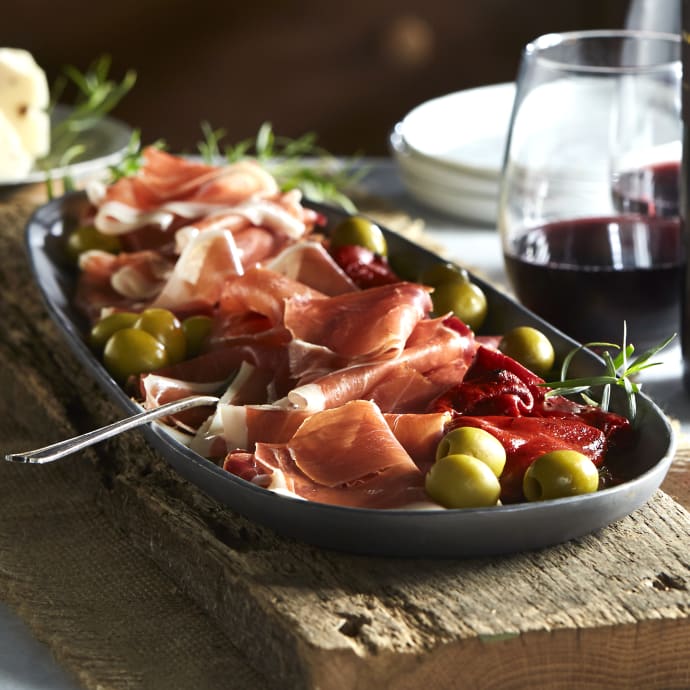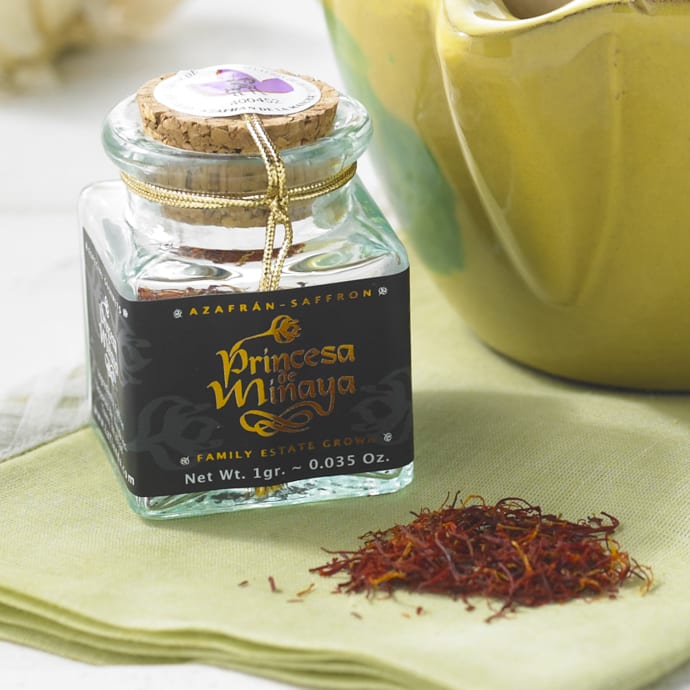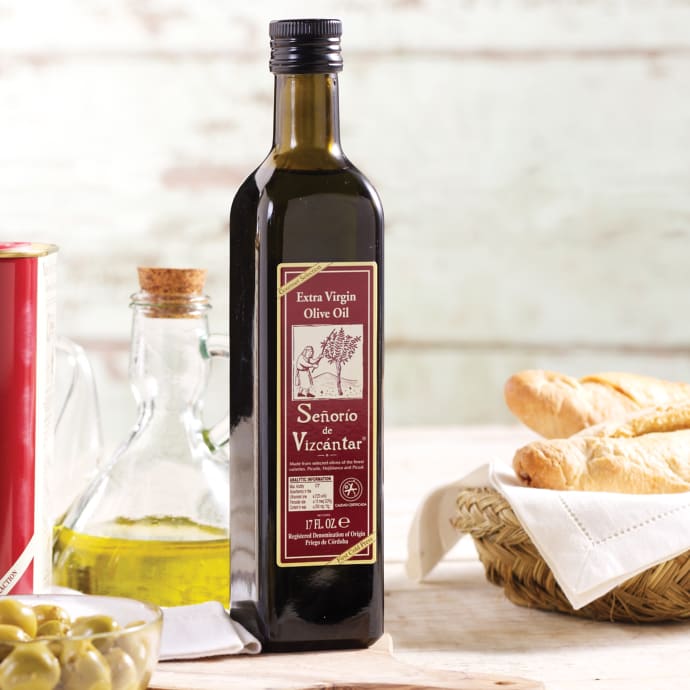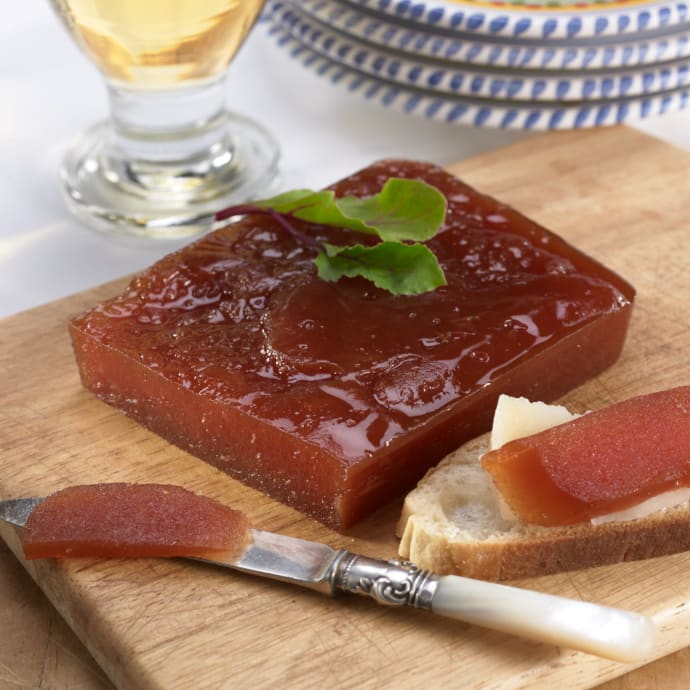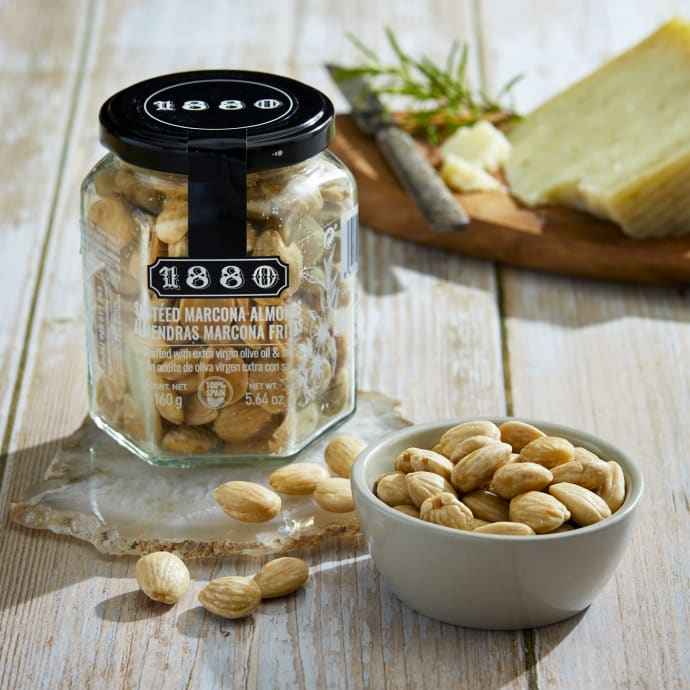COPYRIGHT 2005 Fort Worth Star-Telegram
Amy Culbertson
The Spanish pantry is not necessarily an exotic one; some of its most essential ingredients _ such as garlic and onions _ are items American cooks are quite familiar with. Here are some other ingredients you need to know about if you want to explore Spanish cooking:
Anchovies: Spanish-cooking authority Penelope Casas prefers those bottled vertically in olive oil to those in tins. They're used whole in tapas and salads or pureed for spreads and sauces and to flavor cooked dishes. They're also eaten fresh and pickled, as boquerones.
Capers and caperberries: The flower buds of the Mediterranean caper bush are pickled as capers, whose tart flavor accents seafood dishes, vinaigrettes and sauces. The larger fruits are caperberries, which work as garnishes, snacks or tapas, served as olives would be.
Cheeses: Best-known are the sheep's-milk manchego and the rich cabrales, a blue cheese made from a mixture of sheep's, goat's and cow's milk, but there are many other Spanish cheeses. Most are eaten as tapas or as a separate course. Casas says cheese is not used much in cooked dishes in Spain.
Ham: Spain's cured jamon serrano, in the same league as Italy's prosciutto, is not only thinly sliced for tapas but used to flavor dishes from vegetables to bean stews, much as country ham is used in the American South. Casas hopes Spain's premier ham, Iberico, will soon be available in this country.
Marcona almonds: The aristocrats of almonds, rounded and rich.
Membrillo: A dense, solid preserve or paste made from quince fruit, membrillo is most typically eaten as a dessert with manchego cheese or as a child's snack with bread.
Olive oils: Casas considers Spanish olive oil the world's best. She uses the cheaper olive oils labeled "pure" for cooking, including deep-frying, and saves the extra-virgin for salads and marinades.
Peppers: Sweet red peppers are ubiquitous in Spanish cooking, whether dried, bottled or powdered as paprika (pimenton). Smoked paprika from Extremadura is the most prized in the latter category; wood-roasted piquillo peppers in jars or cans can be stuffed or cut into strips and dressed with olive oil and garlic. Both are available in gourmet markets in this country. Less available are the dried noras and romescos. Casas says mild New Mexico dried peppers can be substituted, but she strongly recommends ordering the real thing.
Saffron: A legacy from the Moorish occupation of Spain, the dried stigmas of the purple crocus are used to flavor and color stews, soups and rice dishes. Casas advises looking for strands that are uniformly deep red when buying this costly spice, of which a little goes a long way.
Sources: Casas likes these sources for authentic ingredients: La Tienda, www.tienda.com, (888) 472-1022,
SOURCE: La Cocina de Mama by Penelope Casas









